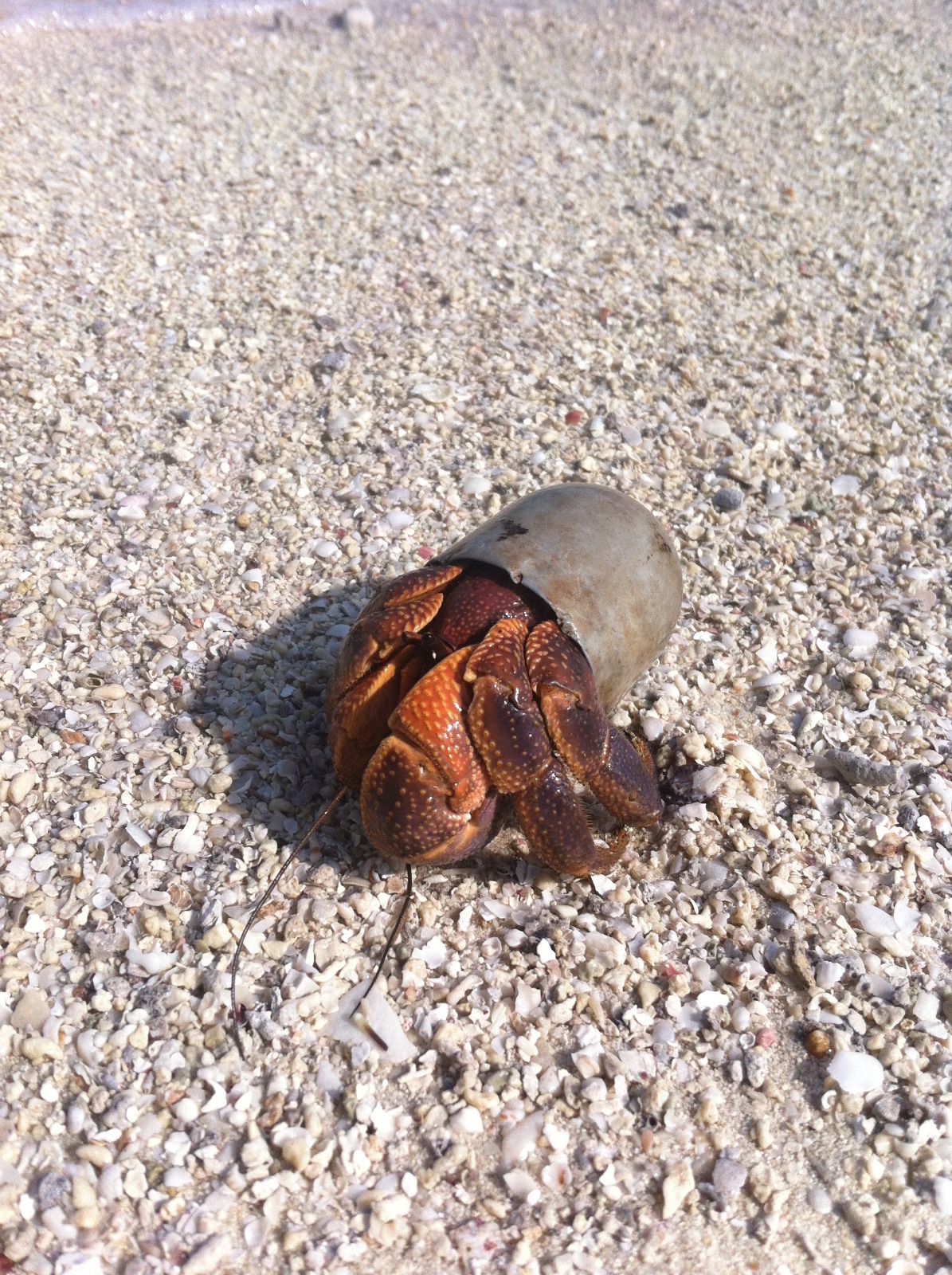
ZAK
Als mieren vervoeren mensen iedere dag allerlei zaken van huis naar werk naar huis. Van binnen naar buiten naar binnen. Een zak of container helpt je om die overgang tussen binnen en buiten te maken, om te bewegen tussen privé ruimte en openbare ruimte. In een zak pak je je verzameling voor de dag mee op pad.
In The Carrier Bag Theory of Fiction (1986) schrijft Ursula K. Le Guin over de mogelijkheid van de zak als eerste gereedschap van de mens, in vergetelheid geraakt als zodanig omdat het heroïsch potentieel onderdeed voor dat van de speer.
If you haven’t got something to put it in, food will escape you - even something as uncombative and unresourceful as an oat. You put as many as you can into your stomach while they are handy, that being the primary container; but what about tomorrow morning when you wake up and it’s cold and raining and wouldn’t it be good to have just a few handfuls of oats to chew on and give littlle Oom to make her shut up, but how do you get more than one stomachful and one handful home? So you get up and go to the damned soggy oat patch in the rain, and wouldn’t it be a good thing if you had something to put Baby Oo Oo in so that you could pick the oats with both hands? A leaf a gourd shell a net a bag a sling a sack a bottle a pot a box a container. A holder. A recipient.
The Carrier Bag Theory of Fiction Ursula K. Le Guin 1986 p2
The first cultural device was probably a recipient… Many theorizers feel that the earliest cultural inventions must have been a container to hold gathered products and some kind of sling or net carrier. Women’s creation by Elisabeth Fisher 1975
Een ander soort heldendom ligt misschien in het verzamelen van dingen, het bundelen van waarde in bijvoorbeeld een boek, het samenbrengen van mogelijkheden.
When she was planning the book that ended up as Three Guineas, Virginia Woolf wrote a heading in her notebook, “Glossary”; she had thought of reinventing English according to her new plan, in order to tell a different story. One of the entries in this glossary is heroism, defined as “botulism.” And hero, in Woolf’s dictionary, is “bottle.” The hero as bottle, a stringent reevaluation. I now propose the bottle as hero. Not just the bottle of gin or wine, but bottle in its older sense of container in general, a thing that holds something else.
I would go as far as to say that the natural, proper, fitting shape of the novel might be that of a sack, a bag. A book holds words. Words hold things. They bear meanings. A novel is a medicine bundle, holding things in particular, powerful relation to one another and to us.
The Carrier Bag Theory of Fiction Ursula K. Le Guin 1986
Een zak, zoals Le Guin dit beschrijft, maakt het mogelijk te verzamelen. Het doet dienst als voertuig voor verplaatsing van dingen. Maar een zak is niet alleen een mobiele verzameling, het is ook een bescherming. Een tent zou een tussenstap tussen zak en slaapkamer kunnen zijn. De behoefte aan bescherming, het opzetten van een tent. Een overeenkomstige bescherming ligt in het dragen van een jeans. De geaderde octopus gebruikt twee halve kokosnoten om zich in te